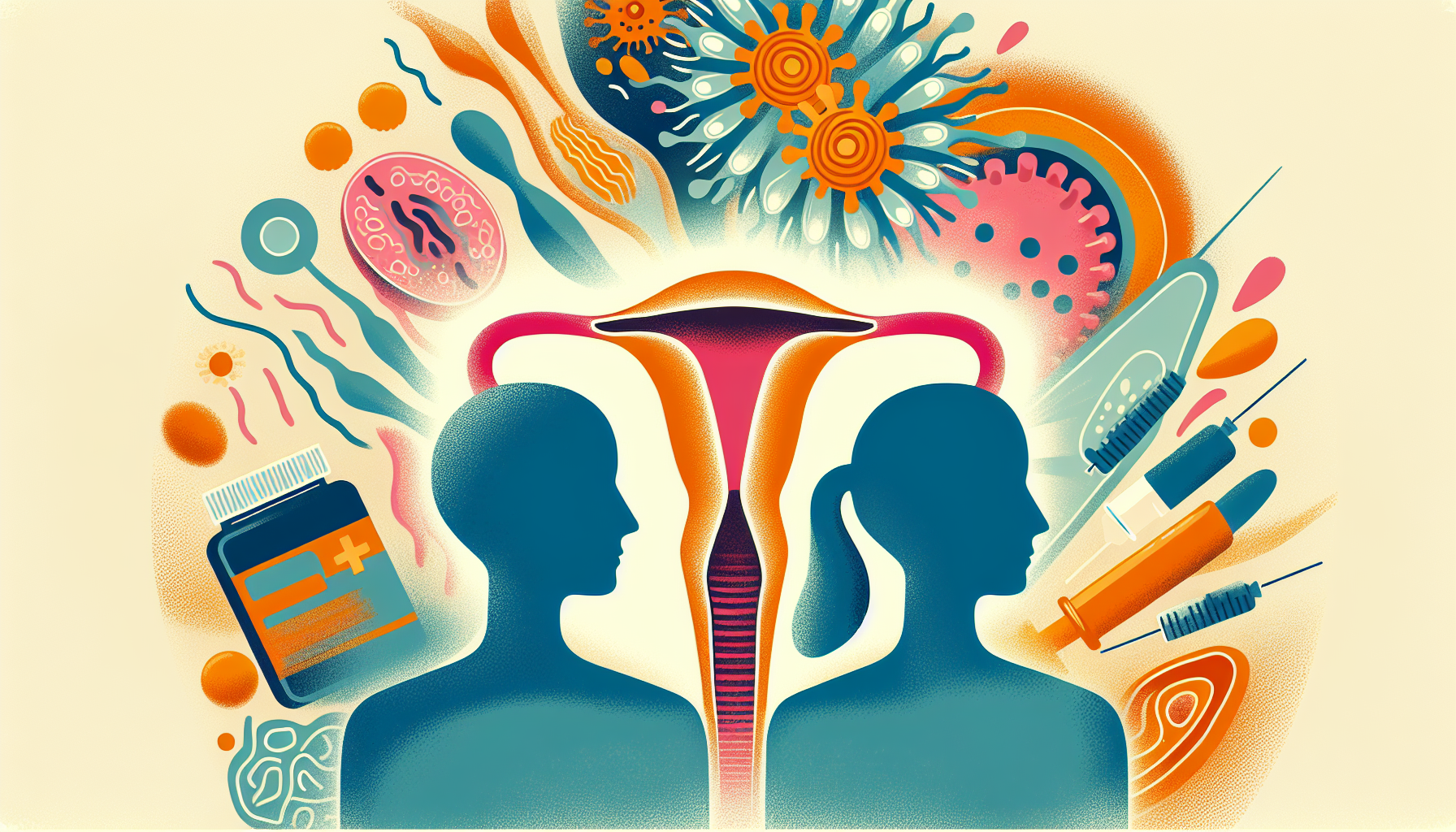Can I Take Zepbound a Day Early?
Key TakeawaysZepbound is a once-weekly injectable medication for weight management and obstructive sleep apnea (OSA) linked to obesity.Taking Zepbound a day early is [...]
Read More
Medically reviewed by Abhijit Bhattacharyya | MD, PhD, MBA, Tufts University School of Medicine - Miami, Florida on August 25th, 2023.
Vaginal yeast infections, also known as vaginal candidiasis, are a common condition that affects up to 75% of women at some point in their lives. While uncomfortable and itchy, yeast infections are usually not serious and can be treated effectively.
A healthy vagina contains a balance of bacteria and yeast. When this balance is disrupted, a fungus called candida can overgrow, leading to a yeast infection. Although yeast infections can happen to anyone, certain factors can increase the likelihood of developing one.
The main symptoms of a yeast infection include:
Itchiness and discomfort in the vagina and vulva
Burning, redness, and swelling of the vagina and vulva
Pain or burning during urination or sex
A thick, white, odorless discharge resembling cottage cheese
Watery discharge
Vaginal rash or tiny cracks in the skin of the vulva
If you suspect you have a yeast infection, it's essential to see your doctor for an accurate diagnosis, as the symptoms can be similar to other conditions, such as bacterial vaginosis or sexually transmitted infections.

Several factors can contribute to the development of a yeast infection, including:
Hormonal changes during pregnancy, breastfeeding, menopause, or while taking birth control pills
Poorly controlled diabetes
Antibiotic use, which can kill beneficial bacteria in the vagina
Douching or using vaginal sprays
A weakened immune system, such as in individuals with HIV or other immune system disorders
Sexual contact, although yeast infections are not considered sexually transmitted infections
Stress, which can impact the candida fungus's ability to cause disease
To diagnose a yeast infection, your doctor or nurse will examine your vulva and vagina and take a sample of the discharge for laboratory analysis.
Most yeast infections can be treated with over-the-counter antifungal creams, ointments, or suppositories containing clotrimazole or miconazole. Treatment typically lasts 1 to 7 days. In some cases, your doctor may prescribe oral antifungal medications like fluconazole (Diflucan) or ibrexafungerp (Brexafemme).
For pregnant women, creams or suppositories are considered safe, but oral medications should be avoided. It's crucial to read instructions and warnings carefully, as some yeast infection medications can weaken condoms or diaphragms, increasing the risk of pregnancy or sexually transmitted diseases.
If you have diabetes, a weakened immune system, or experience yeast infections at least four times a year, you may have a condition called recurrent vulvovaginal candidiasis (RVVC). In such cases, your doctor may recommend a weekly fluconazole pill for 6 months or prescribe oteseconazole (Vivjoa) for those who do not want to have children or have more children.
While more research is needed, some studies suggest that consuming probiotic yogurt or taking Lactobacillus acidophilus supplements may help prevent yeast overgrowth in the vagina. Other preventive measures include:
Wearing cotton underwear
Keeping your skin dry
Avoiding douching and feminine deodorants
Using scent-free tampons or pads
Using water-based sexual lubricants
Keeping your blood sugar in check if you have diabetes
Vaginal yeast infections are a common condition with symptoms like itchiness, redness, swelling, and discharge. Treatment options range from over-the-counter antifungal creams to prescription oral medications. Recurring infections may require long-term treatment. Preventive measures, such as wearing cotton underwear and avoiding douching, can help reduce the risk of developing yeast infections.
Key TakeawaysZepbound is a once-weekly injectable medication for weight management and obstructive sleep apnea (OSA) linked to obesity.Taking Zepbound a day early is [...]
Read MoreKey TakeawaysZepbound is an FDA-approved medication for chronic weight management in adults with obesity or overweight, and for moderate to severe obstructive sleep apnea [...]
Read MoreKey TakeawaysZepbound is a once-weekly injectable medication that supports weight loss by activating hormone pathways regulating appetite and digestion.After the first dose, [...]
Read More